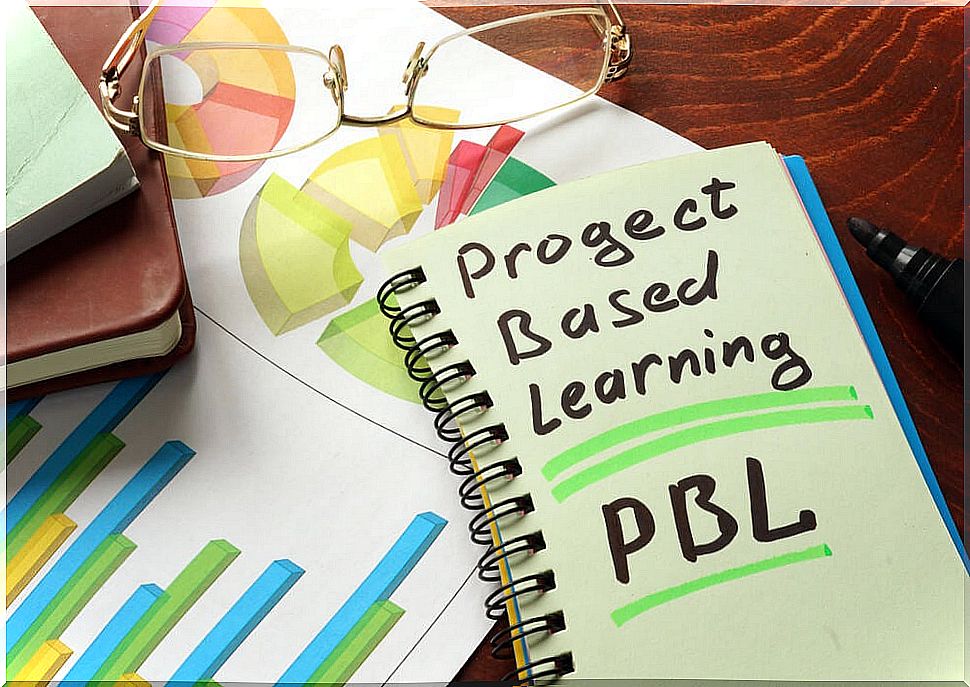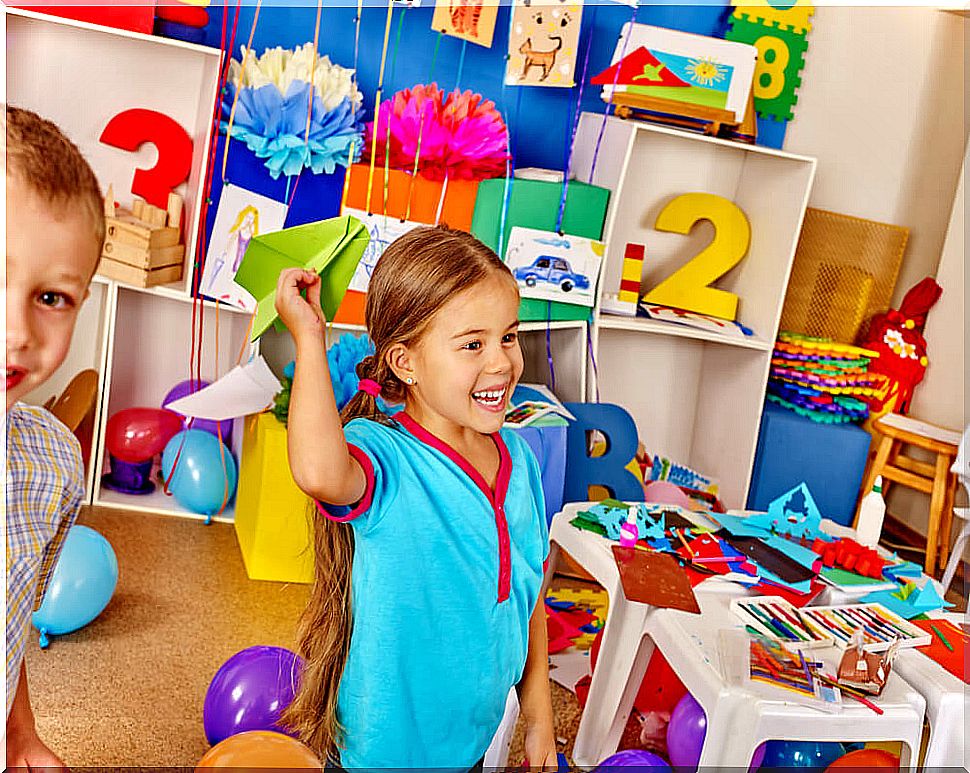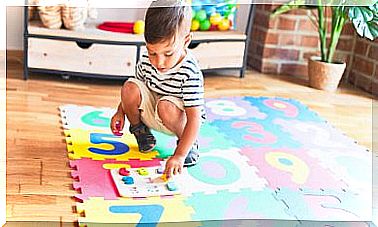ABP: A Pedagogy In Which The Student Is The Protagonist Of Their Learning

The dynamics of passive students attending master classes has no place in the philosophy of the ABP, since the essence of this pedagogy is to encourage the student to be the main agent of their own learning.
With the participation of all the agents of the educational community, the purpose of the PBL is to provide students with skills and sufficient and necessary autonomy, through the development of projects that can solve problems of daily life.
What is the ABP?
Project Based Learning (PBL) is one of the pedagogies used within what is called active learning. Unlike the rest of the methodologies of direct teaching, in the PBL it is understood that the knowledge must be elaborated by the student himself, which greatly facilitates the student’s motivation and, consequently, his learning.
In addition, another aspect that distinguishes PBL from other methodologies is that the roles played by the teacher and the student are very different from direct teaching.

In PBL, the student must actively participate in their learning, while the role of the teacher is to be a mere facilitator or guide for students in the development of their projects.
However, the key lies in appreciating the school as an ecosystem. This means the need for active involvement on the part of all. Likewise, it will be necessary to analyze all the factors that may influence development, since they are all interrelated.
How to prepare an ABP Project?
The development of an ABP Project consists of three phases:
- First phase. The objectives, contents and activities that will start the project will be established. This should be delimited by the interest of the students, so the teacher will take this into account when selecting the topic.
- Second stage. The project begins to develop and the purpose of the product is defined. The product will be a brochure, a campaign or a scientific investigation, among others. Through teamwork, students carry out an investigation to obtain and reflect on information.
- Third and last phase. It is dedicated to self-evaluation and assessment of the process carried out. Students value and evaluate their learning, the work they have developed and the final product of the process.
What are the benefits of using this pedagogy?
Having students search for information, develop their own content, initiate discussions and reflect on the information collected, and eventually on their own work, potentially increases their motivation to learn.
The Ohio University professors Willard and Duffrin, point out that Project-Based Learning improves satisfaction with learning and better prepares students to face real situations that they will find in their future work.

Eduardo Rodríguez de Sandoval, professor at the National University of Colombia, states that students who work on projects acquire great learning and skills. They improve their ability to work in a team, put more effort, motivation and interest, learn to make presentations and improve the deepening of concepts.
Ultimately, with Project-Based Learning what is sought is a reconceptualization of the teaching-learning process that is at the level and development presented by our current societies and, ultimately, the new generations of students.










